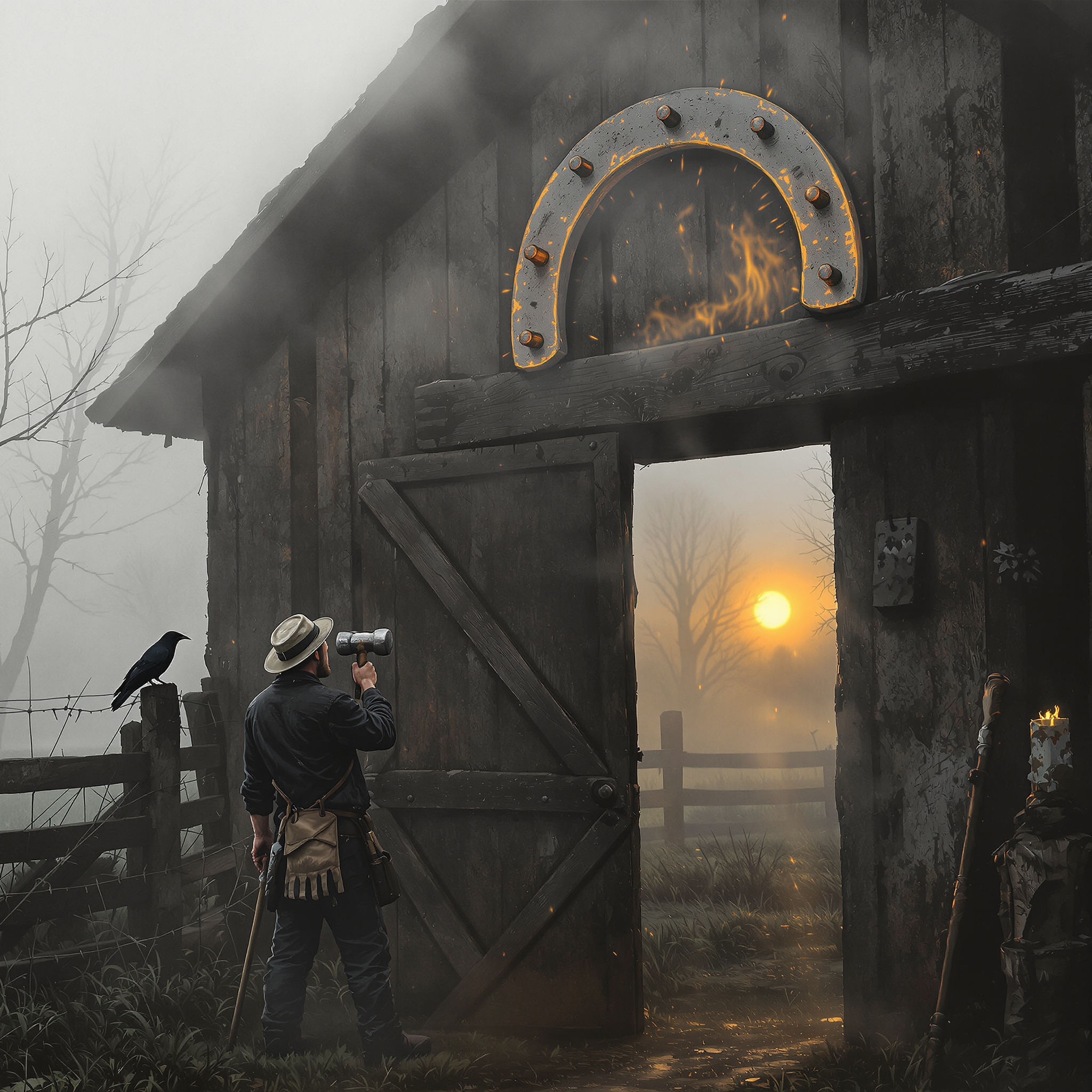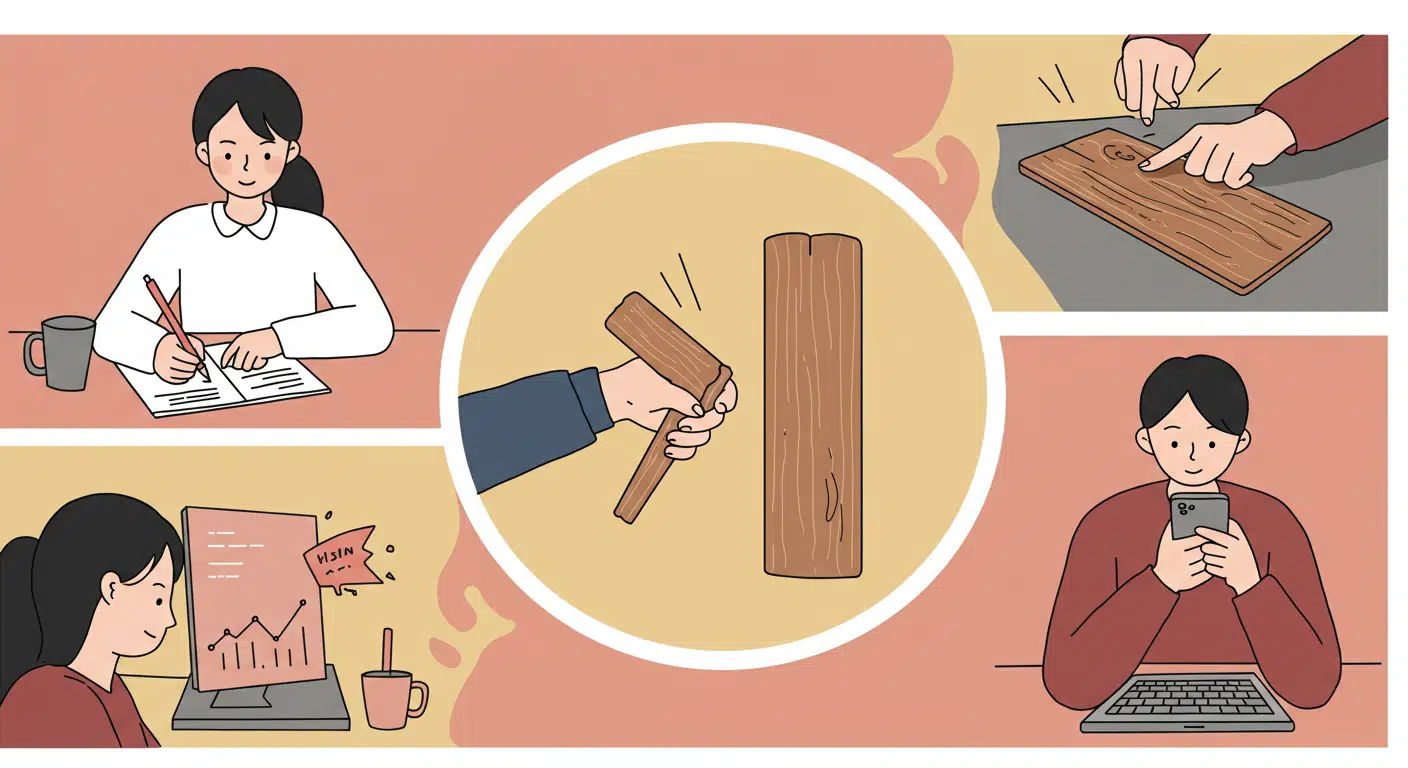The superstition holds that a horseshoe, when displayed in a home or building, brings good fortune—especially if it contains more nails. Traditionally, horseshoes are either nailed to a surface or hung above doorways. Those who believe in the superstition pay attention to both the orientation of the horseshoe (open-end up to ‘catch’ luck or down to ‘pour’ luck onto those who enter) and, in some cases, the number of nails used to affix it. The presence of more nails is believed to increase its potency as a charm. In some versions of the belief, odd numbers of nails—especially seven—are considered especially fortunate.

A baby’s future career or fate is predicted by the first object they select during a ceremonial setup.
In several Asian and Eastern European cultures, a traditional ceremony is held for babies usually around their first birthday. Known


